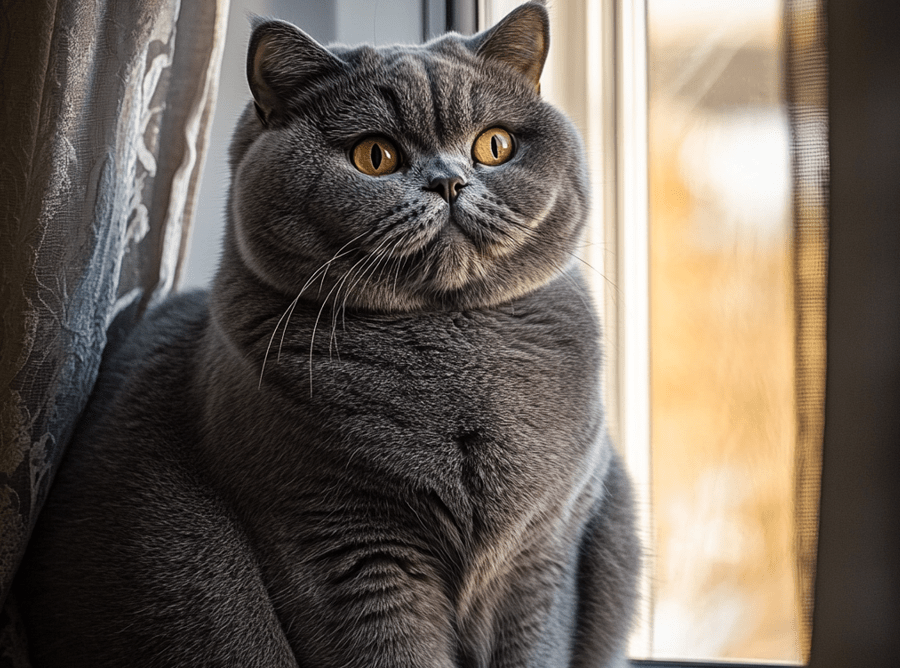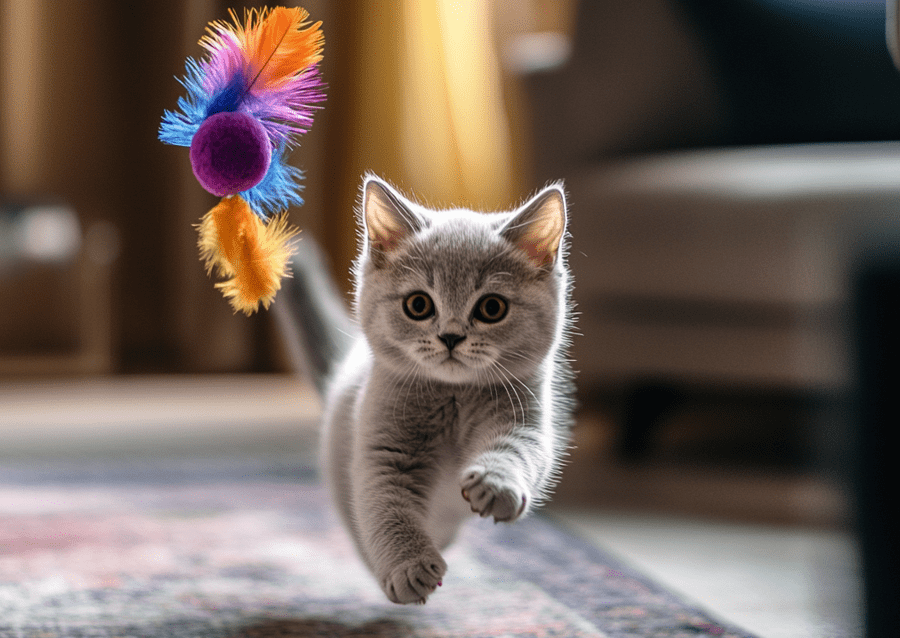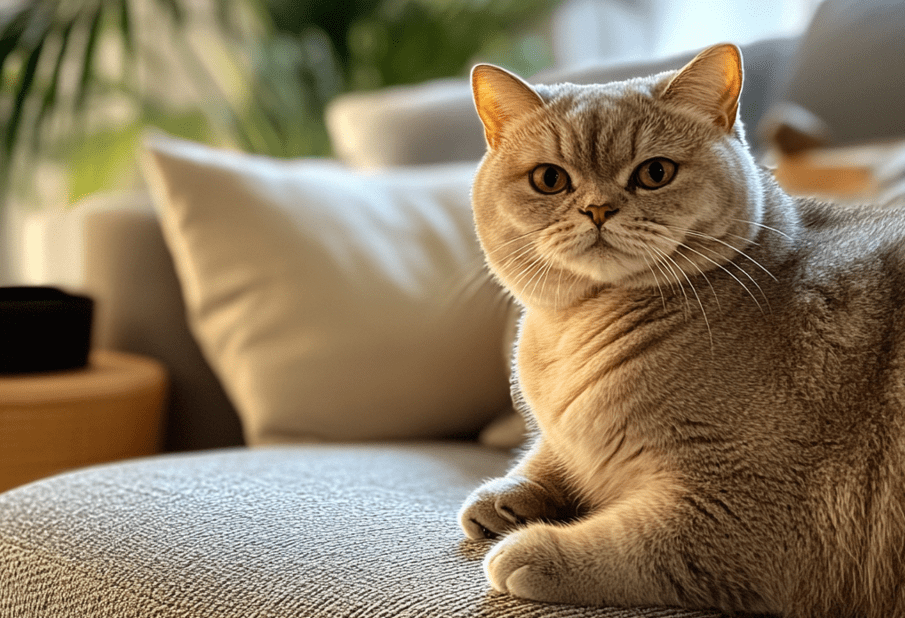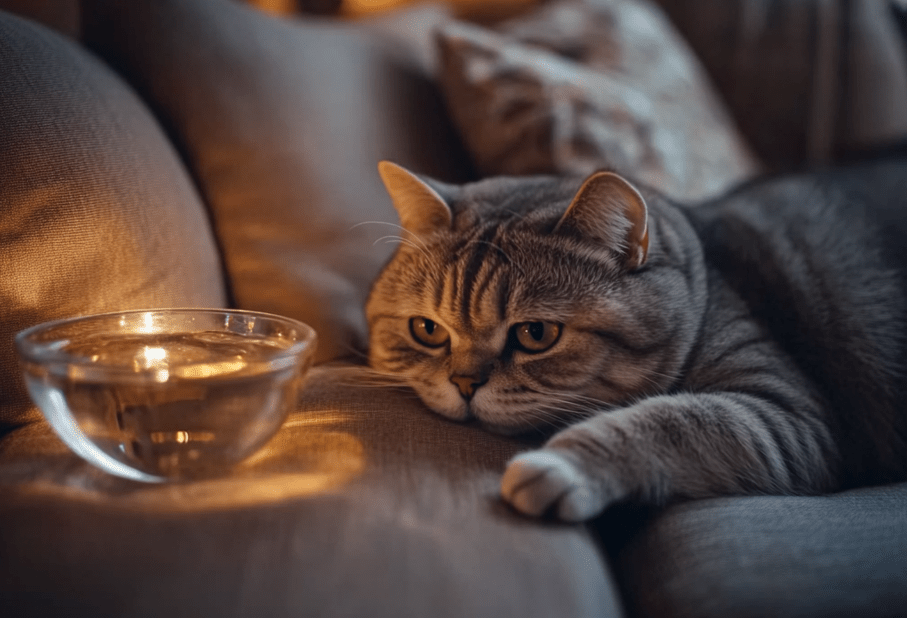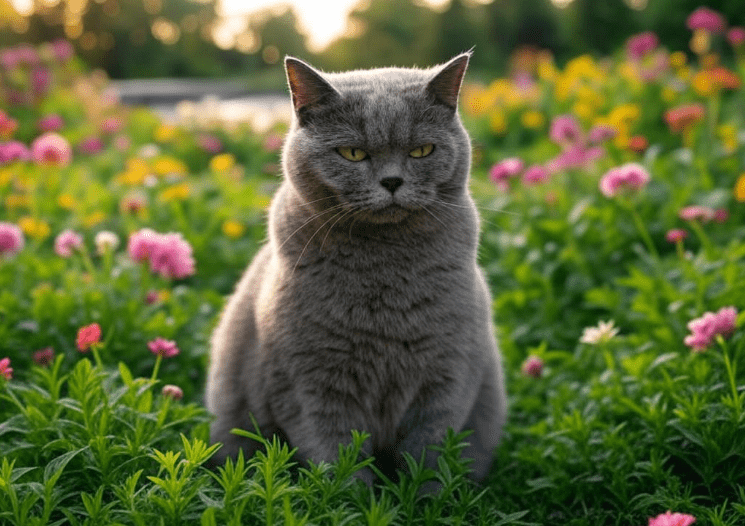
British Shorthairs are beloved for their plush coats, round faces, and calm demeanor, but many owners face a common challenge: their British Shorthair is a picky eater. If your feline friend turns up their nose at meals, you’re not alone. This article explores why British Shorthairs might be fussy about food and offers practical, vet-backed solutions to ensure they get the nutrition they need. From dietary preferences to health concerns, we’ll cover it all to help you keep your cat healthy and happy.
Understanding the British Shorthair’s Unique Traits
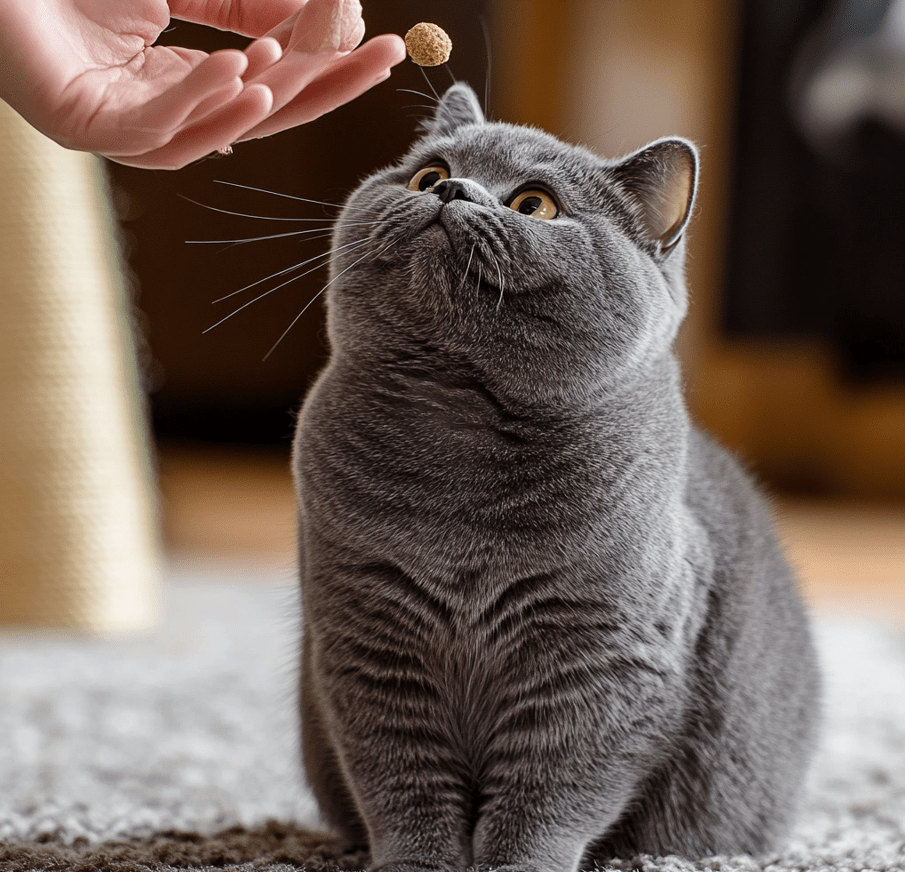
British Shorthairs are a robust, medium-to-large breed with a distinctive teddy-bear-like appearance. Their laid-back personality and low-maintenance grooming needs make them a favorite among cat owners. However, their eating habits can sometimes be less predictable. A British Shorthair picky eater may refuse food that other cats devour, leaving owners puzzled. This fussiness can stem from a combination of breed-specific traits, environmental factors, and individual preferences.
Why Are British Shorthairs Prone to Picky Eating?
Several factors contribute to picky eating in British Shorthairs:
Sensitive Palate: British Shorthairs often have a refined sense of taste and smell. They may reject foods with strong odors or unfamiliar textures.
Low Activity Levels: As a less active breed, British Shorthairs may have smaller appetites compared to more energetic cats, leading to selective eating.
Stress or Routine Changes: These cats thrive on consistency. Changes in their environment, such as a new home or feeding schedule, can make them finicky.
Health Issues: Dental problems, gastrointestinal issues, or other medical conditions can reduce appetite or make eating uncomfortable.
Food Preferences: Some British Shorthairs develop strong preferences for specific flavors, brands, or types of food (wet vs. dry).
Understanding these factors is the first step to addressing your cat’s picky eating habits. Let’s dive deeper into each cause and explore solutions.
Common Causes of Picky Eating in British Shorthairs
1. Sensory Sensitivities
Cats rely heavily on their senses of smell and taste when choosing food. British Shorthairs, in particular, may be more sensitive to the aroma, texture, or temperature of their meals. For example, they might reject food that’s too cold (straight from the fridge) or has an overpowering fishy smell.
Solution: Experiment with food temperature and texture. Warm wet food slightly to enhance its aroma, or try mixing wet and dry food to find a texture your cat enjoys. Rotate between high-quality brands to keep their palate engaged without overwhelming them.
2. Low Appetite Due to Sedentary Lifestyle
British Shorthairs are known for their relaxed nature. Unlike high-energy breeds like the Bengal, they may not burn enough calories to feel hungry at every meal. This lower appetite can make them pickier, as they’re less motivated to eat whatever’s in their bowl.
Solution: Encourage light activity to stimulate appetite. Use interactive toys like feather wands or laser pointers to get your British Shorthair moving before mealtime. Puzzle feeders can also make eating more engaging, turning meals into a rewarding challenge.
3. Stress and Environmental Changes
British Shorthairs are creatures of habit. A new pet, a move to a new home, or even a change in feeding location can stress them out, leading to food refusal. Stress-related picky eating is often temporary but can become a habit if not addressed.
Solution: Maintain a consistent feeding routine and environment. Place their food and water bowls in a quiet, low-traffic area. If changes are unavoidable, introduce them gradually and offer extra attention to reassure your cat. Calming aids, like pheromone diffusers, may also help reduce stress.
4. Underlying Health Issues
Picky eating can sometimes signal a health problem. Dental issues, such as gingivitis or tooth decay, are common in British Shorthairs and can make chewing painful. Gastrointestinal problems, like inflammatory bowel disease, or systemic issues, like kidney disease, can also reduce appetite.
Solution: Schedule a vet visit if your cat’s picky eating persists for more than a day or two, especially if accompanied by symptoms like weight loss, vomiting, or lethargy. Regular dental checkups and cleanings can prevent oral health issues. Bloodwork or imaging may be needed to rule out other conditions.
5. Food Preferences and Boredom
Some British Shorthairs develop strong preferences for certain foods, rejecting anything that doesn’t meet their standards. Others may grow bored with the same food day after day, leading to picky behavior.
Solution: Offer a variety of high-quality foods to keep things interesting. Rotate between flavors (e.g., chicken, turkey, salmon) and formats (pâté, chunks, or kibble). Avoid frequent brand switches, as this can upset their stomach, but gradual transitions to new foods can broaden their palate.
How to Encourage Your British Shorthair to Eat
Now that we’ve explored the reasons behind picky eating, here are actionable strategies to help your British Shorthair enjoy their meals:
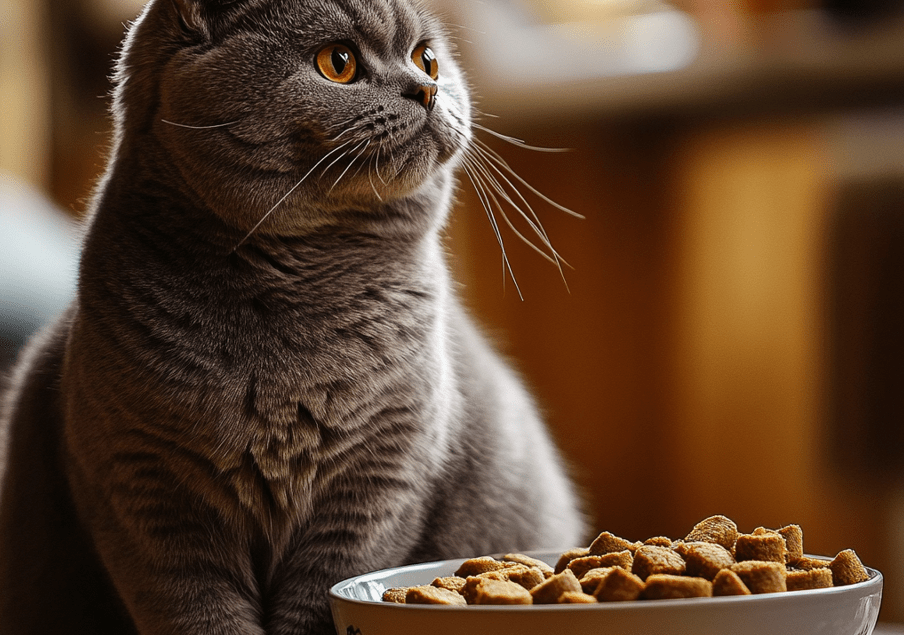
1. Choose High-Quality, Nutrient-Dense Food
British Shorthairs need a balanced diet rich in protein, healthy fats, and essential nutrients. Low-quality foods with fillers like corn or artificial additives may be less appealing to their sensitive palates.
Look for: Foods labeled as “complete and balanced” by AAFCO (Association of American Feed Control Officials). Wet food is often more palatable and helps with hydration, which is crucial for this breed’s urinary health.
Avoid: Foods with strong artificial flavors or preservatives, which may turn off picky eaters.
2. Experiment with Food Presentation
How you present food can make a big difference. British Shorthairs may prefer shallow, wide bowls that don’t irritate their whiskers. The bowl’s material (ceramic, stainless steel, or glass) can also affect their willingness to eat.
Tip: Clean bowls thoroughly to remove lingering odors. Serve wet food at room temperature and refresh uneaten portions after 20–30 minutes to maintain freshness.
3. Use Food Toppers and Enhancers
If your British Shorthair is hesitant to eat, try adding a tasty topper to their food. Options include:
1.Freeze-dried meat treats crumbled over kibble.
2.A spoonful of low-sodium bone broth or tuna juice (in moderation).
3.Nutritional yeast or cat-safe herbs like catnip for extra flavor.
Always introduce new toppers gradually to avoid digestive upset.
4. Establish a Feeding Schedule
Free-feeding (leaving food out all day) can make British Shorthairs pickier, as they graze without developing a strong appetite. A consistent feeding schedule encourages them to eat when food is offered.
Routine: Feed adult British Shorthairs 2–3 times daily, with portions based on their weight and activity level. Consult your vet for portion guidance to prevent obesity, a common issue in this breed.
5. Address Dental and Health Concerns Promptly
Regular vet checkups are essential to catch and treat health issues that may cause picky eating. Dental cleanings, typically done under anesthesia, can resolve discomfort from plaque buildup or gum disease. If your cat shows signs of illness, such as drooling, bad breath, or weight loss, seek veterinary care immediately.
Transitioning to New Foods
If you’re introducing a new food to combat picky eating, do so gradually to avoid digestive issues or further food aversion. Follow this 7–10 day transition plan:
Days 1–3: Mix 25% new food with 75% old food.
Days 4–6: Mix 50% new food with 50% old food.
Days 7–9: Mix 75% new food with 25% old food.
Day 10: Serve 100% new food.
Monitor your cat for signs of digestive upset, like diarrhea or vomiting, and slow the transition if needed.
When to Seek Professional Help
While occasional picky eating is normal, persistent food refusal or sudden changes in appetite warrant a vet visit. Watch for these red flags:
1.Refusing food for more than 24–48 hours.
2.Weight loss or reduced energy.
3.Vomiting, diarrhea, or changes in litter box habits.
4.Excessive drooling or difficulty chewing.
A veterinarian can perform a physical exam, dental evaluation, and diagnostic tests to identify underlying issues. They may also recommend a prescription diet for cats with specific health needs.
Preventing Picky Eating in the Future
To minimize picky eating as your British Shorthair ages, consider these long-term strategies:
Start Young: Kittens exposed to a variety of foods are less likely to become fussy adults. Offer different flavors and textures early on.
Maintain Routine: Stick to a consistent feeding schedule and environment to reduce stress.
Monitor Weight: British Shorthairs are prone to obesity, which can exacerbate picky eating. Keep portions controlled and encourage light exercise.
Regular Vet Care: Annual checkups and dental cleanings help catch issues before they affect appetite.
Conclusion

A British Shorthair picky eater can be a challenge, but with patience and the right approach, you can ensure your cat enjoys their meals and stays healthy. By understanding their unique traits, addressing potential health issues, and experimenting with high-quality foods, you can turn mealtime into a positive experience. If picky eating persists, don’t hesitate to consult a veterinarian for personalized advice. With these strategies, your British Shorthair will be purring with satisfaction at every meal.

